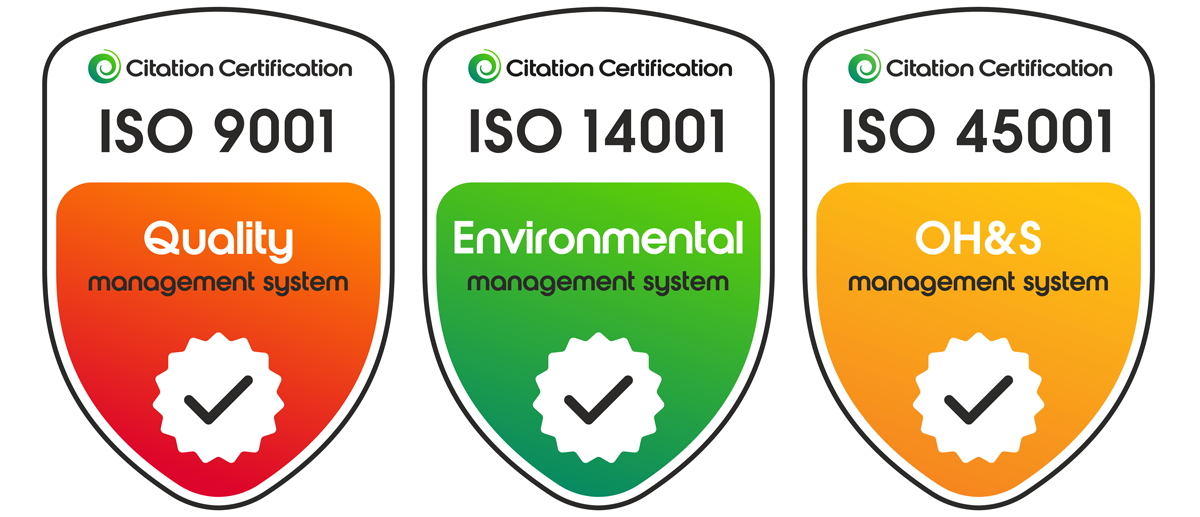Social chaos is not merely a symptom of instability—it is a transformative force that reshapes how communities connect, respond, and ultimately thrive. In today’s complex global landscape, periods of disruption—whether driven by economic inequality, climate shocks, political polarization, or public health crises—expose deep fractures in social systems. Yet within these ruptures lie opportunities for profound renewal. Far from passive endurance, communities increasingly demonstrate resilience through adaptive collaboration, drawing on local knowledge, emotional intelligence, and shared purpose.
1. Introduction: Understanding Social Chaos in the Modern World
Social chaos emerges when established norms and institutions falter under pressure, triggering cascading disruptions across social, economic, and psychological domains. Recent examples—from climate-induced displacement to urban unrest—illustrate how societies fragment temporarily, yet often catalyze new forms of cohesion. Rather than viewing chaos as a destructive void, experts frame it as a crucible where collective identity is renegotiated and strengthened.
At the heart of this transformation lies grassroots mobilization. Local networks, often rooted in trusted community leaders and neighborhood associations, become vital nodes of support and innovation. For instance, during the 2020 global uprisings, community-led initiatives rapidly established food distribution, mental health outreach, and mutual aid systems—demonstrating how decentralized action fills critical gaps left by strained formal structures.
Equally vital is the role of local knowledge—cultural practices, historical memory, and context-specific wisdom—that enables nuanced, grounded responses. In Indigenous communities across the Amazon, traditional ecological knowledge has guided sustainable adaptation amid deforestation pressures, offering models of resilience grounded in intergenerational learning.
Emotional and psychological infrastructure—trust, shared narratives, and inclusive leadership—forms the invisible backbone of recovery. Research from post-conflict societies shows that communities where collective trauma is acknowledged and processed through dialogue and creative expression recover faster and build stronger social bonds.
Table of contents
- From Crisis to Collaboration: Grassroots Networks in Action
- Local Knowledge as a Compass Through Disruption
- Healing the Soul: Emotional Foundations in Rebuilding
1.1 From Crisis to Collaboration: Grassroots Networks in Action
In moments of upheaval, formal institutions often struggle to respond with speed or cultural sensitivity. Here, grassroots networks emerge as agile, trusted actors. The 2011 Arab Spring, for example, saw neighborhood committees organize protests, distribute supplies, and mediate tensions—demonstrating how informal solidarity can stabilize volatile environments.
“When formal systems fail, communities become the first responders—and often the strongest link in recovery.”
Research by the Rockefeller Foundation identifies over 15,000 community-led initiatives globally during the pandemic, ranging from urban gardening collectives to peer mental health support groups. These networks not only provided immediate relief but also redefined social contracts through shared responsibility and mutual aid.
1.2 Local Knowledge as a Compass Through Disruption
In the face of sudden change, top-down policies often lack the granularity to address localized needs. Local knowledge—cultural values, historical experiences, and place-based practices—acts as a compass guiding effective adaptation. In Bangladesh, for instance, communities use traditional flood-forecasting signs and seasonal migration patterns to minimize disaster impact, combining ancestral wisdom with modern data tools.
A 2022 study in the Journal of Community Resilience highlights that communities integrating local knowledge into disaster planning experience 30% faster recovery times and higher participation rates. This synergy empowers residents, reinforcing agency and collective efficacy.
1.3 Emotional and Psychological Infrastructure as a Foundation for Recovery
Social chaos inflicts deep psychological wounds—grief, anxiety, and fractured trust—that official recovery programs often overlook. Rebuilding begins not only with physical reconstruction but with emotional restoration. In post-earthquake Nepal, community-led storytelling circles and shared rituals helped survivors process trauma, rebuild identity, and reweave social fabric.
Experts emphasize that psychological infrastructure—safe spaces for dialogue, cultural expression, and collective mourning—is foundational. The World Health Organization notes that communities with strong emotional support systems report higher levels of cooperation and resilience, underscoring the need for mental health to be woven into recovery frameworks.
Table of Contents
- From Crisis to Collaboration: Grassroots Networks in Action
- Local Knowledge as a Compass Through Disruption
- Emotional and Psychological Infrastructure as a Foundation for Recovery
Returning to the parent article’s core insight: social chaos is not the end, but a catalyst. By nurturing grassroots action, honoring local wisdom, and healing collective trauma, communities transform disruption into enduring strength.
Sustainable resilience grows not from avoiding chaos, but from building bridges within and across communities—turning fracture into fusion, and uncertainty into shared purpose.





